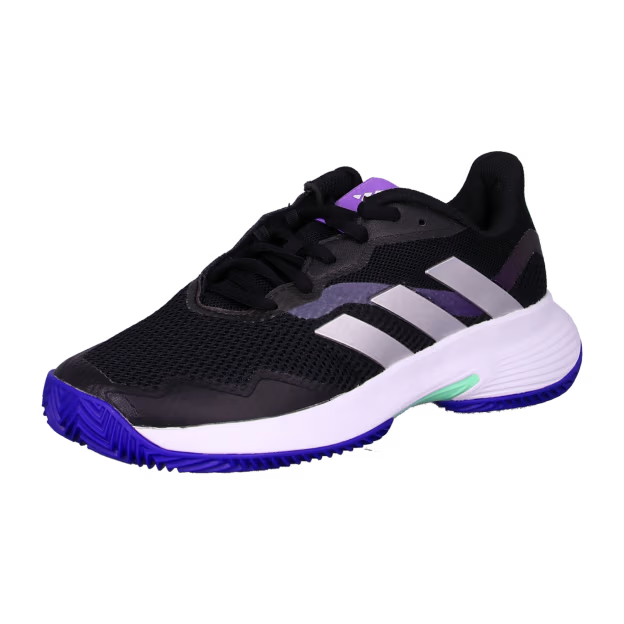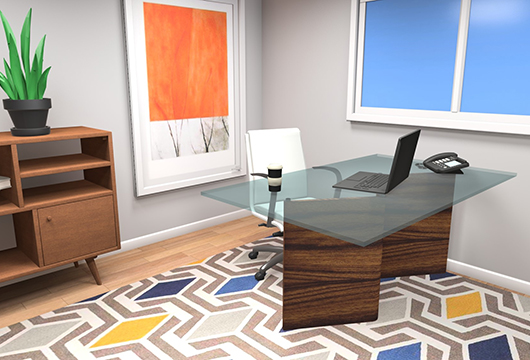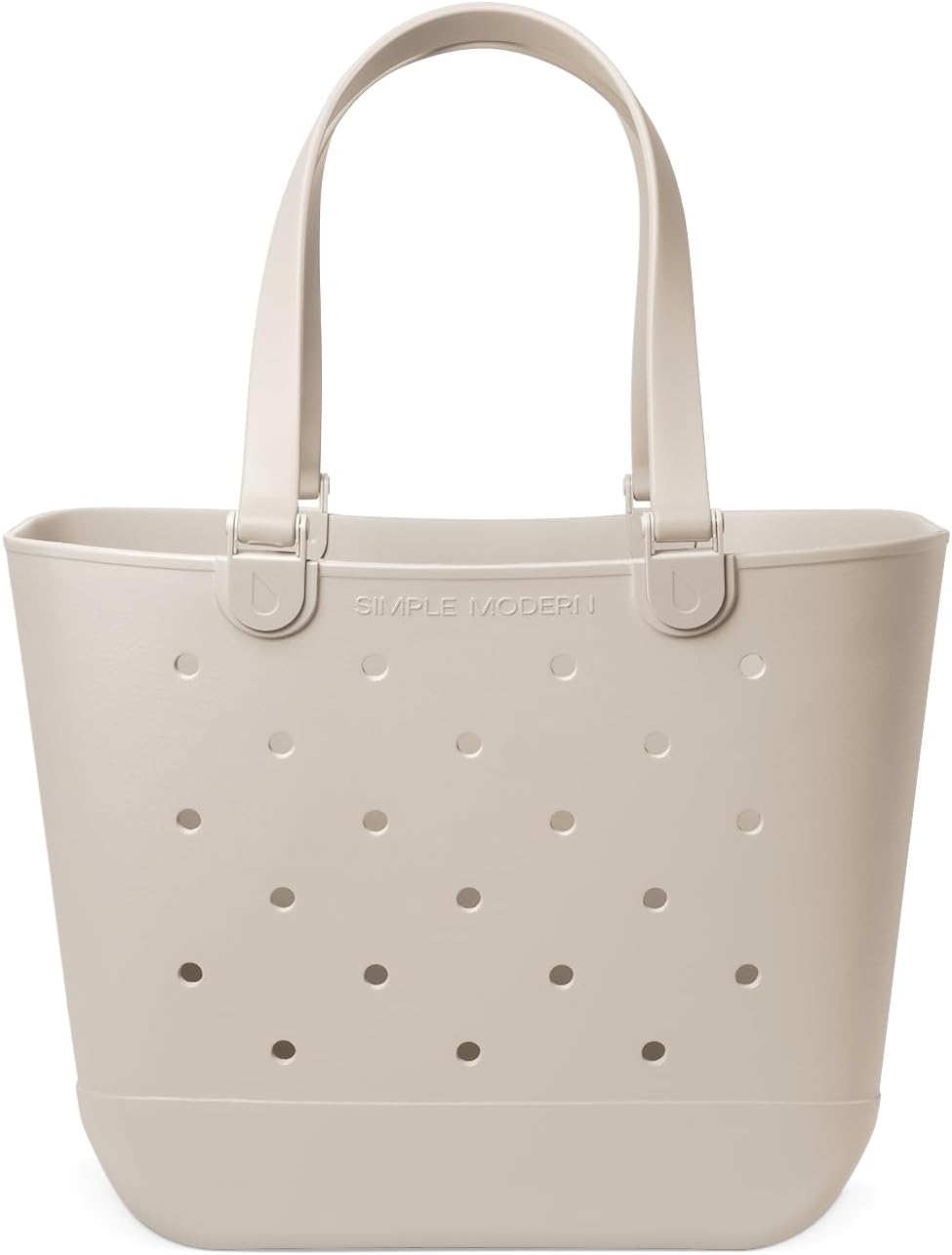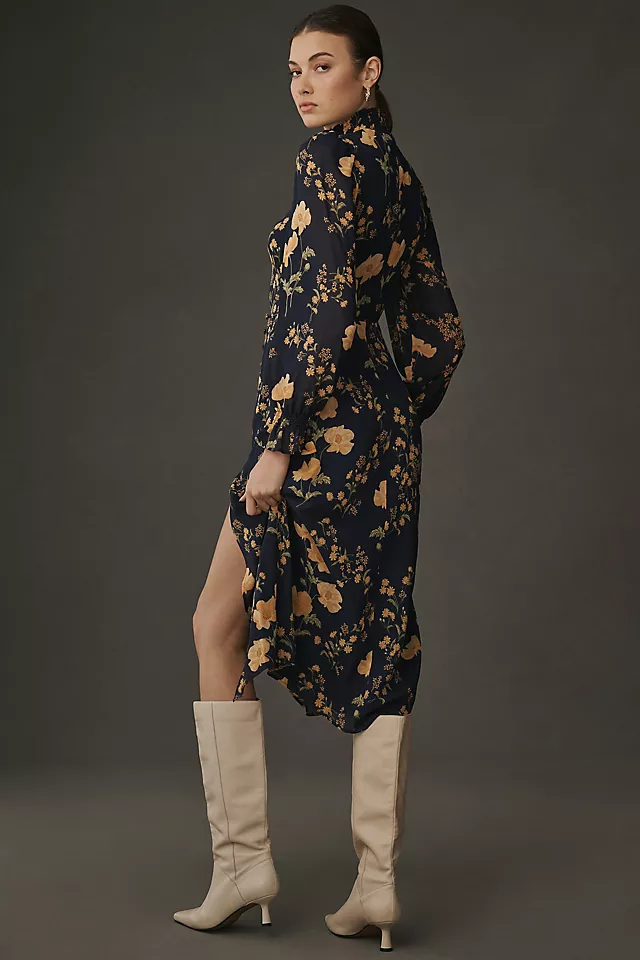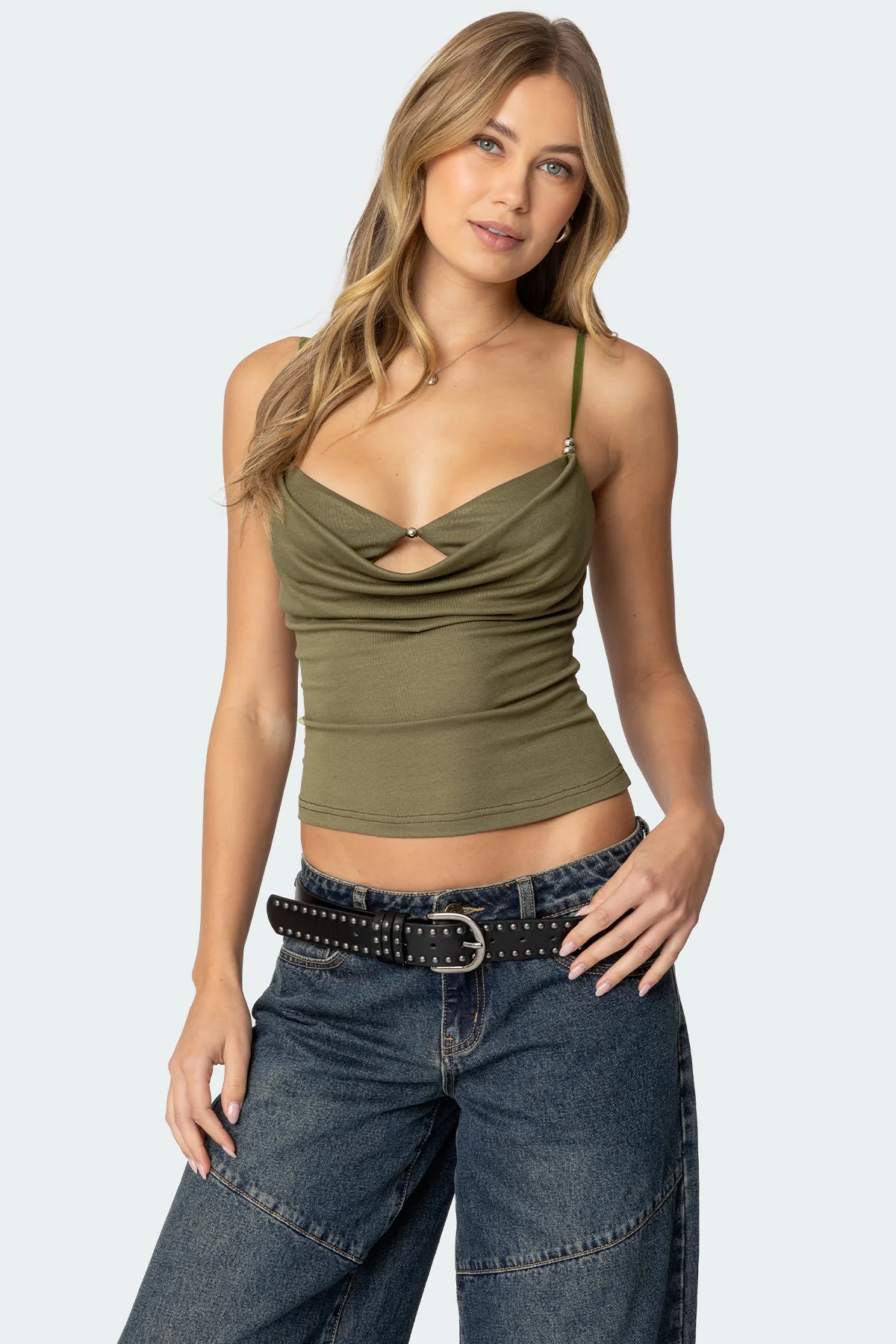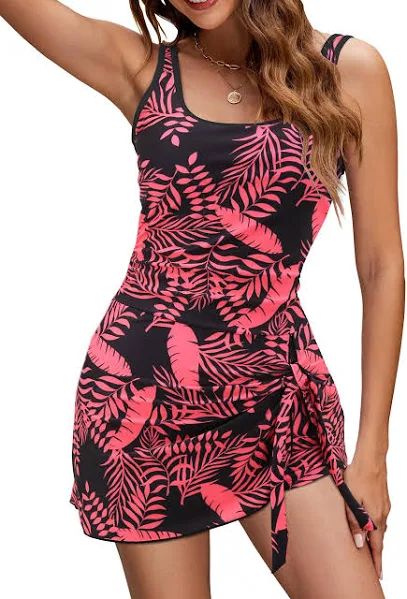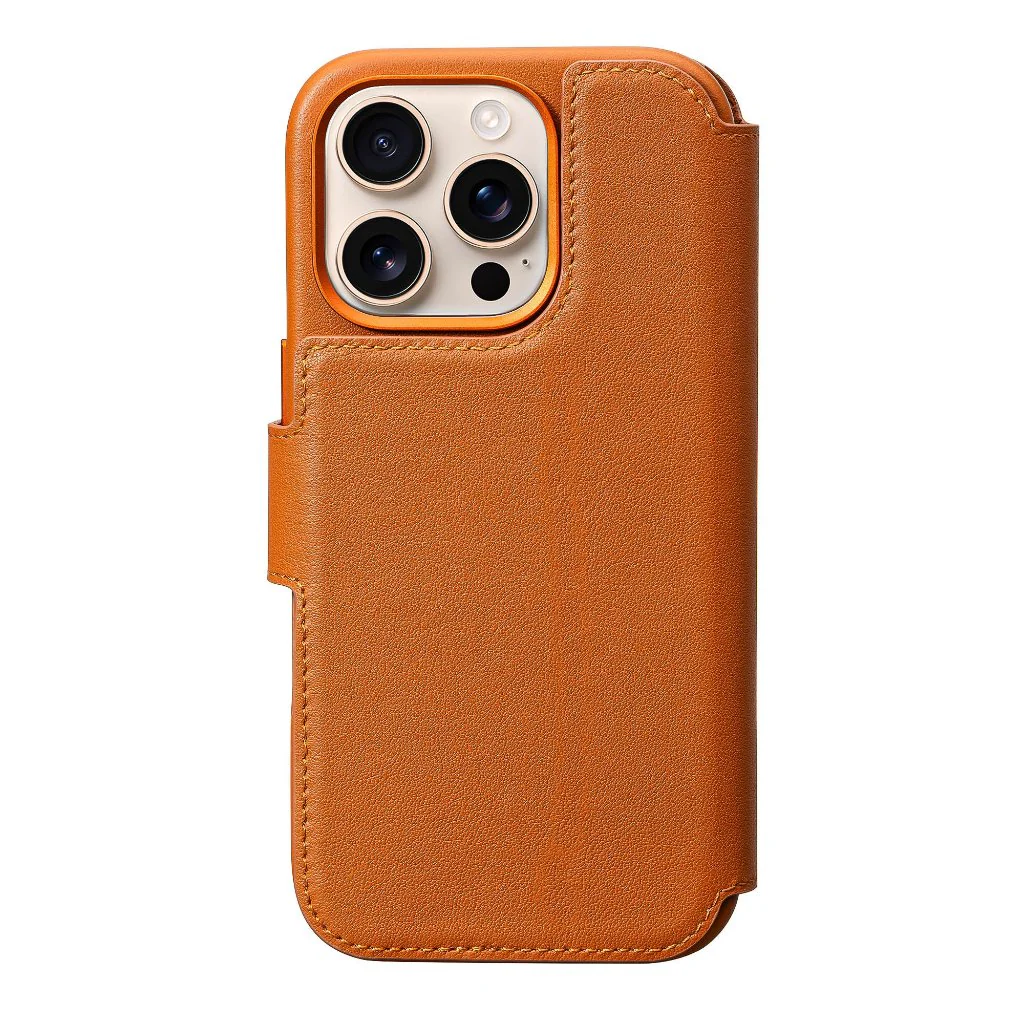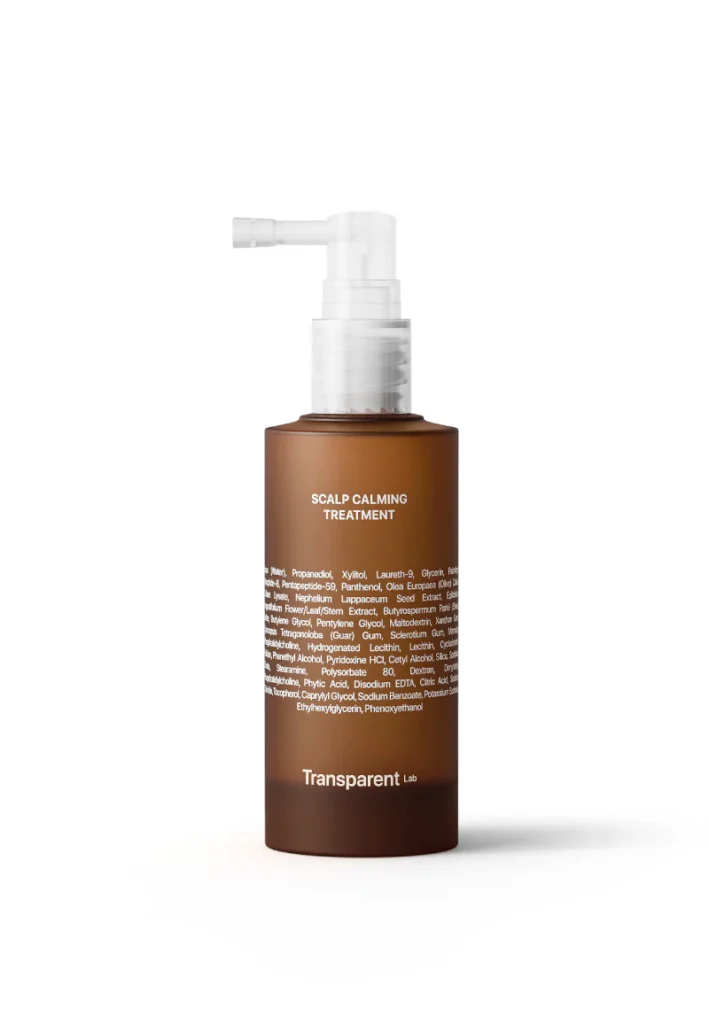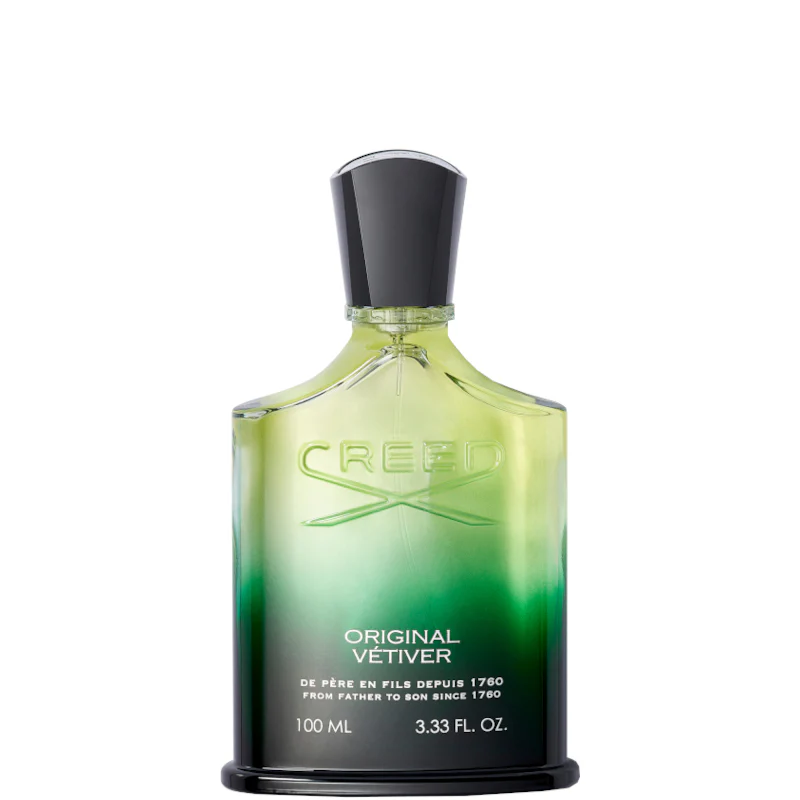There’s a special thrill in hearing a clean ball strike and feeling your shoes bite into the court as you pivot into the next shot. The right footwear makes that feeling repeatable—turning near-misses into confident recoveries and long rallies into less stress on your joints. In this article, we’ll map a practical, player-tested approach to choosing and using women’s outdoor tennis shoes: grip patterns for hard vs. clay and artificial grass, cushioning that doesn’t sap responsiveness, stability features that protect the ankle without feeling clunky, and the fit nuances that keep your foot locked without hotspots. We’ll also cover break-in, rotation strategy, and care so your shoes keep their edge longer—with smart shopping pointers for SHUDE OUTDOOR TENNIS SHOES FOR WOMEN.
Shop SHUDE OUTDOOR TENNIS SHOES FOR WOMEN
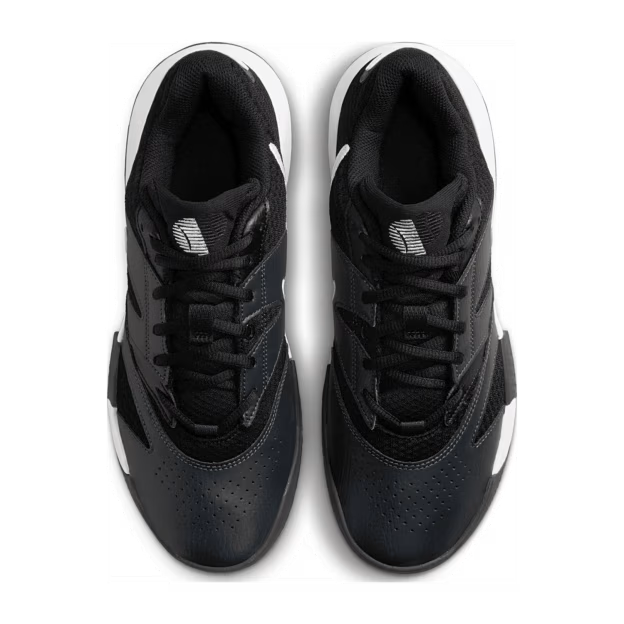
Why Outdoor Tennis Shoes Are a Different Beast
Tennis is not running. It’s explosive starts, split steps, lateral shuffles, and abrupt stops on abrasive surfaces. Outdoor courts—hard, clay, and artificial grass—add weather and grit to the equation. That means your shoes must do three jobs at once: grip on command, stabilize during side-to-side loads, and cushion the repetitive braking that hard courts demand. When any one of these fails (grip too slick, shoe too soft, upper too loose), you feel it immediately—in late footwork, rolled ankles, or sore knees. Category-specific models like SHUDE OUTDOOR TENNIS SHOES FOR WOMEN are built around those realities, not generic gym work.
Match the Outsole to the Ground
Every surface asks for a different “conversation” between rubber and grit:
Hard Court (asphalt/concrete over acrylic): The most common outdoor surface—and the most punishing. Look for durable, non-marking rubber with a blended herringbone or modified chevron pattern. Too shallow and you’ll hydroplane on dust; too soft and you’ll burn through outsole at the toe drag zone.
Clay (red or green): Classic herringbone rules here. A deeper, continuous “V” pattern channels clay out from underfoot so you can brake consistently without skidding. Many clay models also keep the tread open enough to shed mud after rain.
Artificial Grass / Multi-Court: Short nubs or micro-lugs improve purchase on sandy turf; multi-court outsoles often blend herringbone with low-profile dots so you’re not “locked” to a single surface.
If you split time across surfaces, a multi-court outsole is your insurance policy. If you mostly play hard courts but take occasional clay trips, keep a clay-specific pair in your bag to respect club rules and preserve grip quality.
Cushioning vs. Court Feel: Finding the Sweet Spot
Cushioning protects joints during repeated deceleration; feel keeps you reactive. Go too plush and you’ll sink on split steps; go too thin and your knees will protest by set two. Aim for layered cushioning: a resilient midsole under the heel for landings, a slightly firmer forefoot for push-off, and an insole that supports your arch without smothering feedback. Shoes like SHUDE OUTDOOR TENNIS SHOES FOR WOMEN typically balance these with foam stacks that compress predictably rather than “mushing” out after a few weeks.
Pro tip: Try a light jog and three explosive side shuffles during try-on. If your heel slaps or the forefoot feels dead, you’ll notice it now—not after buying.
Shop SHUDE OUTDOOR TENNIS SHOES FOR WOMEN
Lateral Stability: Lock the Frame, Free the Forefoot
Because tennis loads happen sideways, look for outrigger geometry (a slightly wider base under the forefoot), midfoot shanks to resist torsion, and sidewall wraps that hug the foot during aggressive stops. The upper should secure the midfoot and heel cup firmly while letting the toes splay on landings. If your foot sloshes inside, you’ll overgrip with your toes and fatigue early. A good lock means your shoes move with you; they don’t fight you. The design brief behind SHUDE OUTDOOR TENNIS SHOES FOR WOMEN centers on this balance—security where it matters, freedom where it helps.
Fit, Sizing, and Foot Types (Because No Two Players Are Alike)
Feet are personalities. Some are low-volume and narrow; others are wide at the forefoot but narrow at the heel. Parse your own fit needs:
- Narrow/low volume: Seek shoes with sculpted heel cups, medium-low volume uppers, and lacing that cinches evenly without bowing the eyelets.
- Wide forefoot / narrow heel: Look for models with anatomical forefoot room plus a firm heel counter. A slightly elastic tongue helps the midfoot hug without pressure.
- High instep: A gusseted tongue with gentle stretch prevents lace bite; test for strap pressure by doing quick forward lunges.
- Orthotics/insoles: Check that the insole is removable and the midfoot platform doesn’t arch too aggressively on its own.
When in doubt, order two sizes (true and half-size up) and test indoors on a clean surface. If your toes bump on toe-drags during shadow drills, go up half a size; if your heel lifts, adjust lacing or try the runner’s “lace-lock” at the top eyelets.
Breathability & Upper Materials: Stay Cool, Stay Locked
Outdoor heat and long rallies punish hot spots. Mesh-rich uppers breathe well, while TPU overlays or welded films add structure without adding weight. What you want is zonal reinforcement: toe drag protection, medial guardrails for slides, and open mesh panels over the vamp for airflow. Shoes in the SHUDE OUTDOOR TENNIS SHOES FOR WOMEN family typically aim for this mix—light, supportive, and less swampy in the third set.
Shop SHUDE OUTDOOR TENNIS SHOES FOR WOMEN
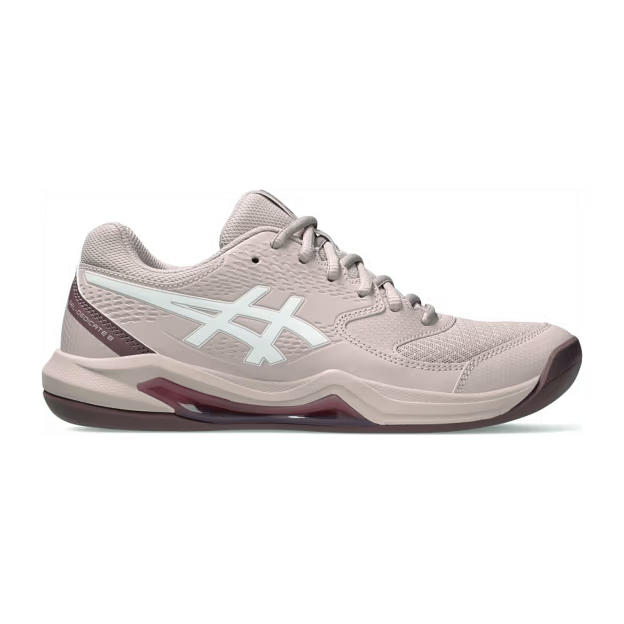
Durability Where It Counts: Outsole & Toe Drag Zones
Hard courts are sandpaper. Durability comes from rubber compound and high-wear overlays. Inspect these zones:
- Toe bumper: If you’re a toe-drag server or slide into forehands, a robust bumper is non-negotiable.
- Medial forefoot wrap: Shuffling and braking grind this area.
- Heel crash pad: Look for denser rubber or a beveled edge that spreads impact.
A good pair should hold its profile through a full season for casual players or at least several months of heavy play for weekly league athletes. Rotating two pairs extends life and maintains consistent traction day-to-day.
Lacing, Tongues, and Ankle Collars: Micro-Adjust Your Lock-In
Small parts, big impact. A lightly padded, gusseted tongue distributes pressure and keeps debris out. Heel counters should feel firm but not abrasive; a touch of foam at the collar prevents rub through split-steps. Try different lacing patterns to fine-tune fit: window lacing to reduce pressure over the instep, or heel-lock lacing for extra rearfoot hold. The objective with SHUDE OUTDOOR TENNIS SHOES FOR WOMEN is a personal, glove-like fit, not a generic squeeze.
One Mixed Block (Checklist + Guidance): Your 5-Minute Court-Ready Fit Test
Use this rapid sequence at home before you commit:
- Sock match: Wear the socks you’ll actually use (cushion changes volume).
- Warm-up moves: 10 split steps, 6 lateral shuffles each way, 4 quick stops—listen for heel slip or in-shoe slide.
- Toe-drag check: Lightly drag the toe on carpet; confirm bumper coverage and no sharp edge.
- Lace-lock try: If heel lifts, use the top eyelets to lock; reassess comfort.
- Breathability snapshot: After 5 minutes, check warmth buildup; if your forefoot feels swampy, try a more ventilated upper.
If you pass this test, you’ll likely pass set three on a sunny day.
Break-In & Rotation: Keep Your Shoes “On the Bounce”
Modern foams settle in a session or two. Plan a 30–45 minute light practice (shadow swings, mini tennis, footwork ladders) before a match. Build a rotation: a match pair holding best traction, and a practice pair finishing its life. Alternating days lets midsoles rebound fully and reduces hot spots from repetitive pressure points.
Socks, Insoles, and Small Tweaks That Feel Big
Great shoes become elite with the right companions. Technical tennis socks manage moisture and add light cushioning at the heel and toe. If you run warm, choose thinner mesh-panel socks; if you’re landing hard on serves, a cushioned heel pad helps. Replace insoles every few months if you play often—compression happens. For orthotic users, verify in-shoe volume and midfoot shape compatibility.
Maintenance: Make Grip and Shape Last Longer
A tiny routine, huge payoff:
- Wipe soles with a damp cloth after dusty sessions; packed tread kills grip.
- Air dry thoroughly; never chase heat with radiators or direct sun (glues don’t love that).
- Stuff with paper after rain to pull moisture and help shape.
- Inspect overlays monthly for peeling; a tiny dab of flexible adhesive early can prevent big failures.
- Retire gracefully when the outsole tread is bald at the forefoot or you feel midsole “bottoming out.”
Shop SHUDE OUTDOOR TENNIS SHOES FOR WOMEN
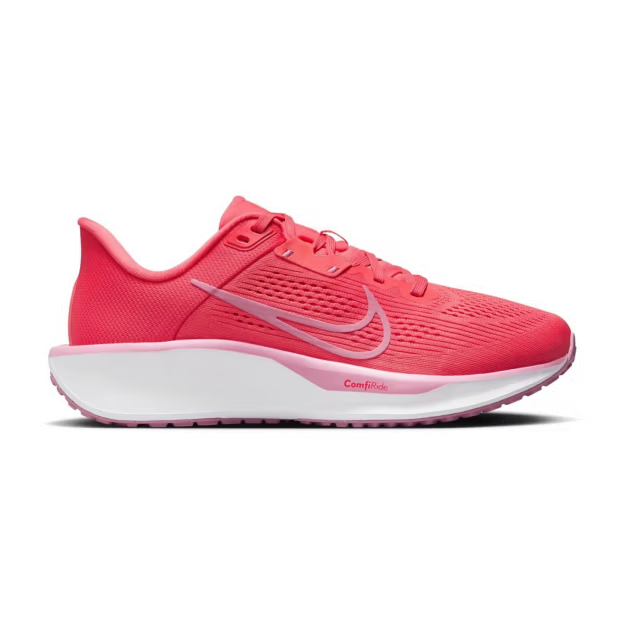
Style & Practicality: Colorways, Reflectivity, and Weather
Outdoor means sun, wind, and the occasional drizzle. Light colorways run cooler on hot days but show clay stains; darks hide dirt but can heat up. Some models add reflective trims—handy for early-morning jogs to the courts. If rain is common, prioritize uppers that dry quickly and outsoles with siping (tiny channels) that maintain friction on damp acrylic.
Troubleshooting: Common Issues, Quick Fixes
- Heel slippage: Use heel-lock lacing or try half-size down if toe room permits.
- Numb toes: Loosen forefoot lacing, switch to thinner socks, or consider a wider toe box.
- Knee soreness after hard court play: Ensure enough heel cushioning and check your insoles; add an insole with a mild heel cup if needed.
- Hot spots on the instep: Window-lacing relieves pressure; a plush, gusseted tongue also helps.
- Slipping on dusty baseline: Brush the outsole pattern between games and choose a deeper herringbone.
Buying Strategy: Value Without Guesswork
Start with a clear surface bias (hard, clay, or multi-court), then decide your feel profile: slightly plush and protective or firm and quick. Lock your size with at-home drills, then scan for colorway deals or previous-season models—often the same midsole/outsole in fresh paint. If you’re upgrading from generic trainers, the performance jump to dedicated footwear like SHUDE OUTDOOR TENNIS SHOES FOR WOMEN is immediate: safer slides, truer stops, and less fatigue.
Conclusion
Great outdoor tennis shoes disappear under you—that’s the highest compliment. They grip when you commit to a line, stabilize when a rally stretches wide, cushion when hard courts grind, and breathe when the sun turns up. Choose outsoles appropriate to your surface, balance cushioning with feel, and tailor fit with lacing and sock choices. Break them in gently, rotate to preserve rebound, and maintain the tread so you never lose that crucial first step. Build this foundation and you’ll buy fewer pairs for the wrong reasons—and enjoy more matches for the right ones. If you’re ready to turn “almost” into “always,” it starts with the right pair of SHUDE OUTDOOR TENNIS SHOES FOR WOMEN.
Shop SHUDE OUTDOOR TENNIS SHOES FOR WOMEN
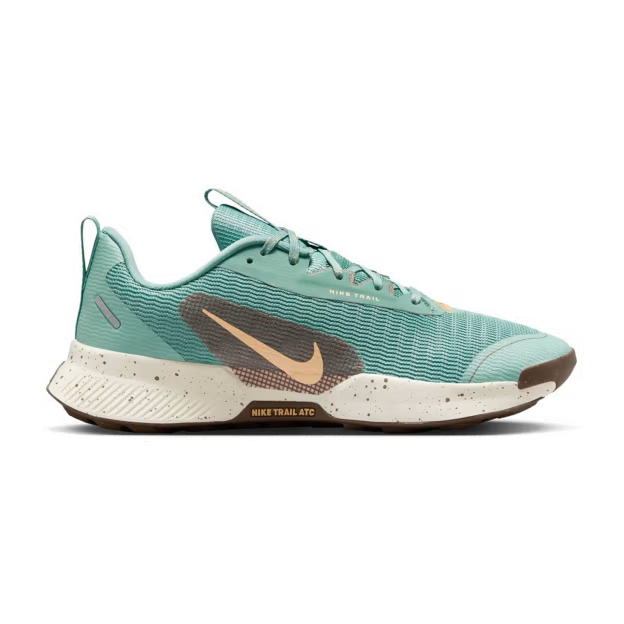
FAQ
- Do I really need tennis-specific shoes for outdoor courts?
Yes. Tennis loads are mostly lateral and braking-heavy; court shoes offer targeted grip, stability, and abrasion resistance that generic trainers don’t. - Hard court or clay outsole—what’s the difference?
Hard court outsoles blend patterns for durability and all-around traction on abrasive acrylic; clay uses deep herringbone to channel clay and maintain braking. - How snug should women’s tennis shoes fit?
Locked at heel and midfoot with room to splay at the toes—typically a thumb’s width at the front. No heel lift on split steps. - How long is the break-in?
Usually one or two short sessions. Modern foams settle fast; if discomfort persists after two hits, the model or size likely isn’t right. - Can I use orthotics?
Most court shoes accept removable insoles. Ensure enough in-shoe volume and that the midfoot shape doesn’t fight your orthotic. - How often should I replace my shoes?
When tread is smooth at the forefoot or cushioning feels flat—often every 60–90 on-court hours for frequent players, longer for casual play. - What socks work best?
Moisture-managing tennis socks with targeted cushioning. Match sock thickness to the fit you dialed in during try-on. - Are lighter shoes always better?
Not if they sacrifice stability or durability. A few extra grams in the right places (toe bumper, shank) often equals better performance and longevity.


